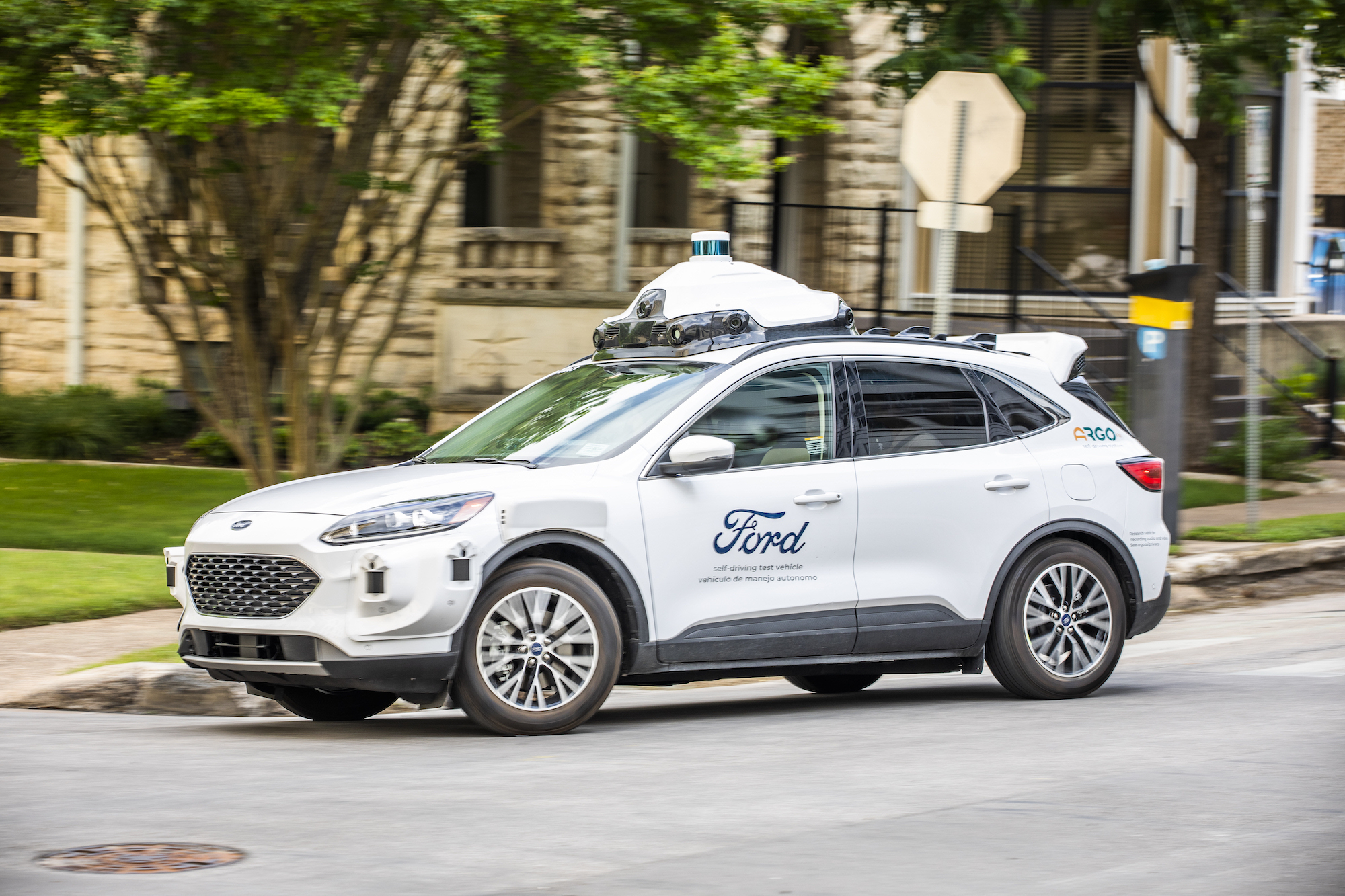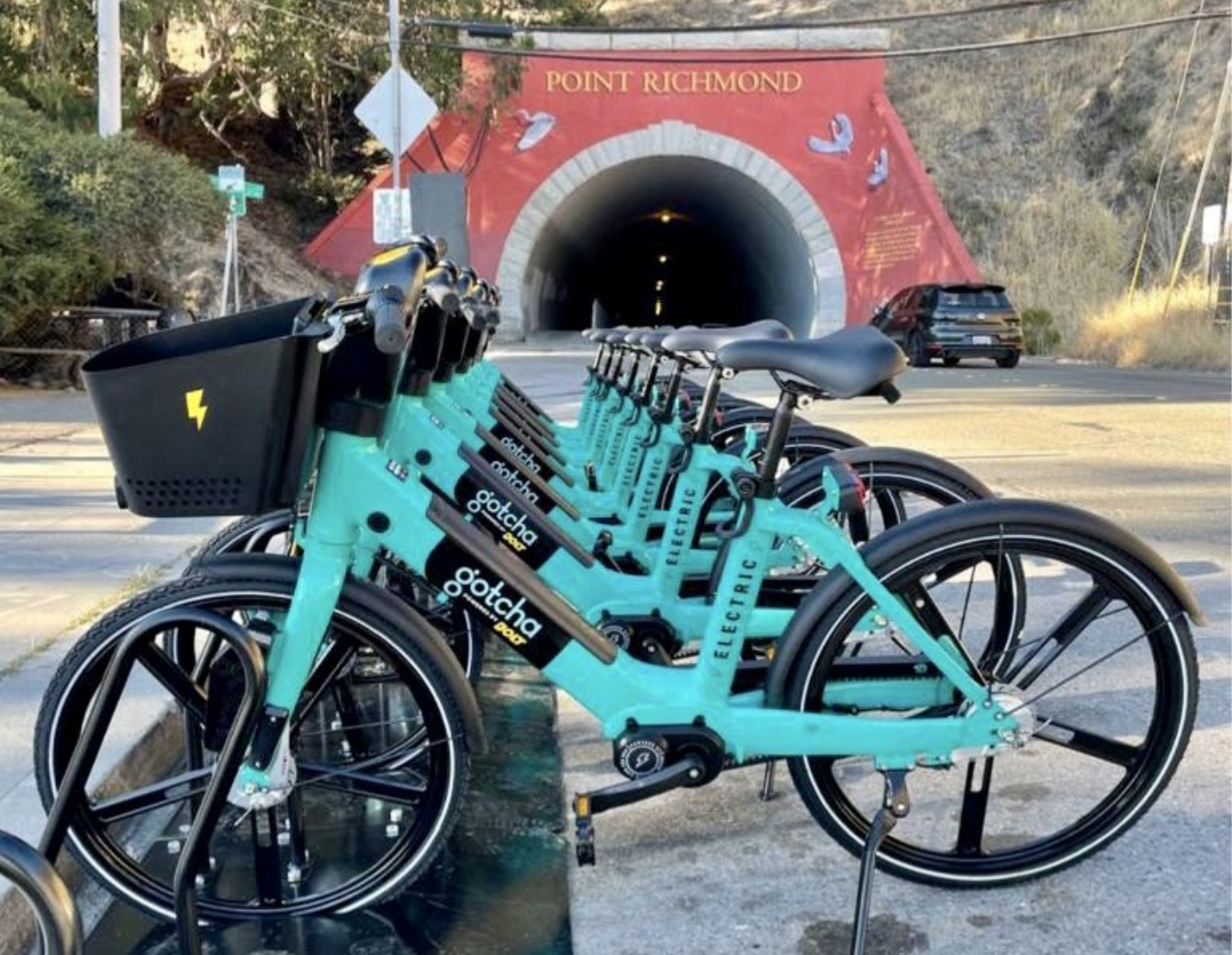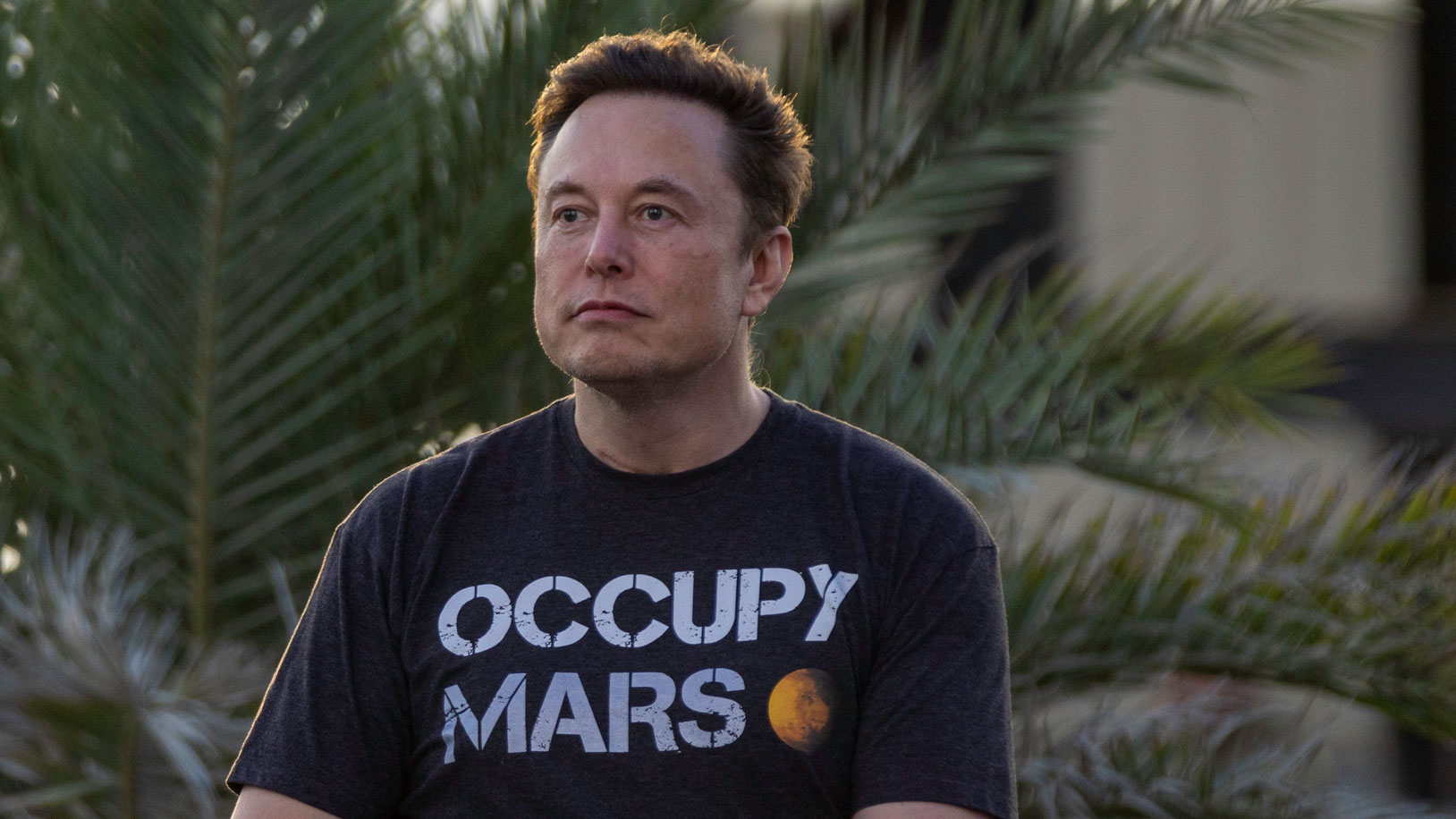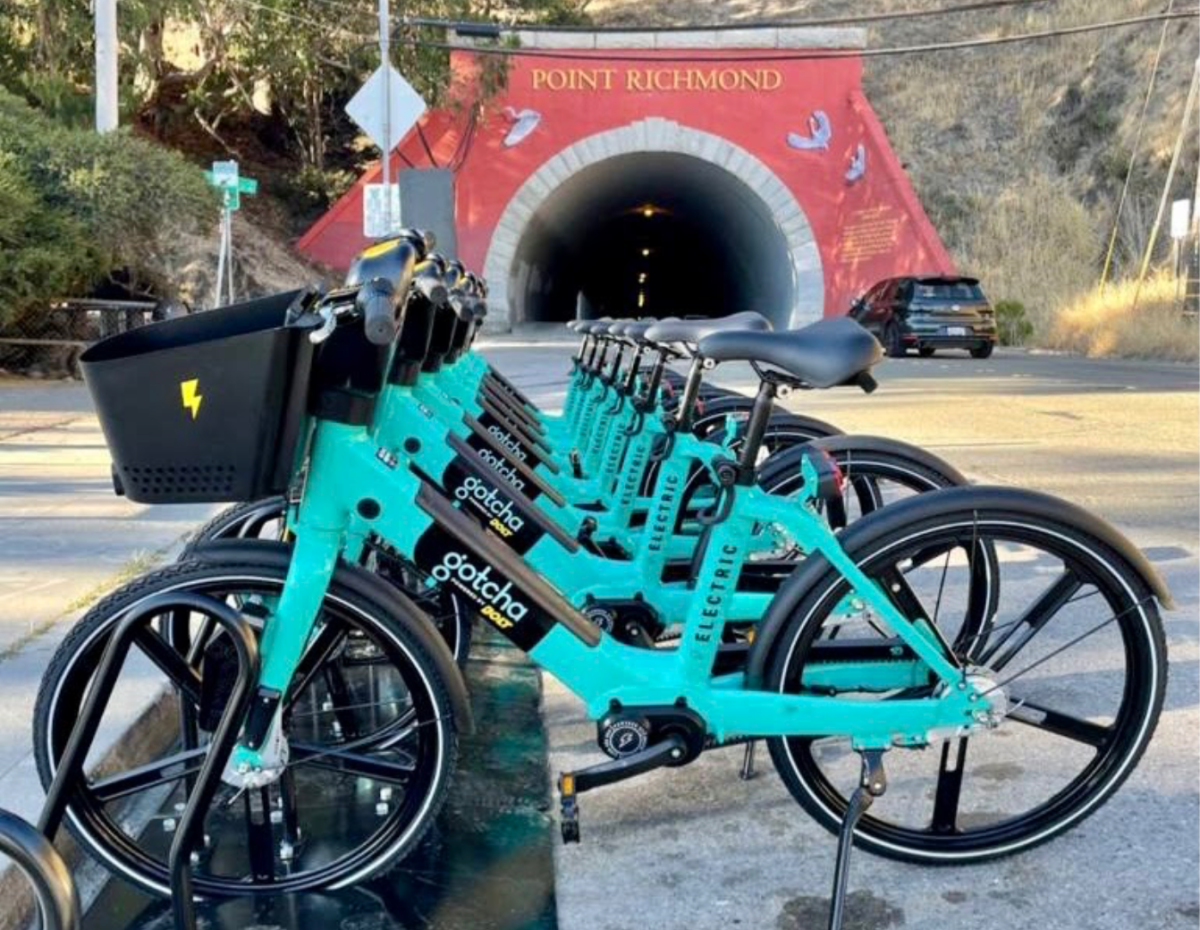2022 was the kind of year that made us think, “What a time to be alive and reporting on transportation.” This year was absolutely dominated by conversations around the realities of bringing self-driving cars to market, the potential upheaval of the gig worker economy, micromobility dramas and, of course, all things Tesla.
We took a look back at our top-performing transportation stories to determine what stood out as important to you, our dear readers.

Image Credits: Argo AI
Autonomous vehicle startup Argo AI came onto the scene in 2017 with a $1 billion investment. Today, the company is no more after Ford and Volkswagen pulled out their investments.
This one shocked the AV world, in particular because Argo had been in the middle of running a robotaxi pilot with Lyft in Austin and testing fully driverless technology in Miami. The shutdown of the company signaled two things: (1) Another round of consolidation is coming for self-driving tech companies and (2) Deploying Level 4 self-driving technology at scale is still far away.
Both Ford and VW decided to put their investments toward more near-term paths to profitability, specifically Level 2 and Level 3 autonomy, or advanced driver assistance systems. Jim Farley, Ford’s CEO, also said he didn’t think the automaker would need to develop L4 technology itself but could instead outsource it down the line.

Image Credits: Bolt Mobility
It’s the transportation mystery of the year. What happened to Bolt Mobility, the Miami-based micromobility startup co-founded by Olympic gold medalist Usain Bolt? Back in August, we reported that the company up and vanished from several of its U.S. markets, leaving cities with abandoned equipment, unanswered calls and emails and lots of questions. It also left at least one city, Portland, with outstanding fees.
No one — not TechCrunch nor many city officials — was able to get in contact with the company to ask what happened and what it planned to do with all the gear the company left on the ground.
The company appears to have shut down — it hasn’t been active on social media since July — despite having been on a growth streak the year prior. Bolt started out 2021 by acquiring the assets of Last Mile Holdings, which opened up 48 new markets to the startup. It just goes to show, micromobility is a tough game to win, even if it looks like the odds are in your favor.
If anyone has any information about Bolt Mobility, I’m still dying to know what went down there.

Image Credits: Chrysler
Because who doesn’t love a roundup? In April at the New York Auto Show, automakers legacy and startup came together to show off their electric vehicle offerings. Here are the ones that got our attention this year:
- Alfa Romeo’s first compact crossover, the 2023 Alfa Romeo Tonale.
- The Chrysler Airflow Graphite Concept, a sleek crossover with Level 3 capabilities.
- Jeep’s Grand Cherokee High Altitude 4xe, a full-size hybrid SUV.
- Deus Automobiles’ curvy roadster, the Vayanne EV hypercar.
- Indi EV’s Indi One, the “lifestyle-focused” crossover with a built-in gaming computer.
- Kia’s subcompact SUV, the 2023 Niro, available in a hybrid, PHEV or EV powertrain.
- Kia also showed off its EV9 concept, a boxy SUV that is expected to hit the U.S. market by 2023.
- The Genesis X Speedium Concept, a coupe with a bold design.
- Vinfast’s two SUVs, the VF8 and VF9.

Image Credits: Michael Gonzalez / Getty Images
A day before Tesla opened its Berlin gigafactory in March, CEO Elon Musk teased the release of Tesla’s “Master Plan Part 3,” which leans heavily on themes of artificial intelligence and scaling operations to “extreme size.”
“Main Tesla subjects will be scaling to extreme size, which is needed to shift humanity away from fossil fuels, and AI,” Musk tweeted at the time. “But I will also include sections about SpaceX, Tesla and The Boring Company.”
Part 3 of Tesla’s master plan is the first to include mention of Musk’s other companies. Note: This was published before Musk bought out Twitter.
A quick refresher on parts one and two. Part one was published in a 2006 blog post that outlined Tesla’s proof of concept and involved building a sports car and using the funds to build more affordable cars, while simultaneously providing zero-emission electric power generation. Part two, which came out a decade later, discussed plans to develop battery storage and launch new models, including a pickup truck and SUV.
Later in the year, Musk revealed more details about his Master Plan part three. Per a companywide meeting, the plan’s raison d’etre is: “How do you get to enough scale to actually shift the entire energy infrastructure of earth?”

Image Credits: Jeenah Moon/Bloomberg / Getty Images
Russia’s war in Ukraine caused gas prices to skyrocket globally earlier this year. In March, at the start of the war, Uber and Lyft responded by adding temporary fuel surcharges to rider fares to help drivers cover the rising cost of fuel.
The Rideshare Guy, a blog and podcast dedicated to helping ride-share drivers earn more money and stay up to date with industry news, polled its community of Uber and Lyft drivers in the U.S. and found that 43% quit or were driving less due to high gas prices. Before the fuel surcharges were announced, that number was at 53%.
Many drivers said the surcharge wasn’t enough and they’d have liked to see a per-mile surcharge to account for the increased fuel expenditure on long trips rather than a flat fee.
One Lyft driver told TechCrunch the surcharge is “an insult to drivers.”
This article is important today because it encapsulates many themes — our ability as a species to panic the moment prices for hot commodities increase; the ongoing aggravation of gig workers; the subtle dance Uber and Lyft play as they try to appease drivers but seemingly never in a way that’s actually meaningful.
Another big story this year was the Department of Labor’s proposed ruling on gig worker status, and the subsequent tanking of app-based companies’ stock prices. The rule, if passed, will make it easier for gig workers to claim employment status if they can prove they’re financially dependent on a company. Drivers who feel they’ve not only been consistently shafted by macroeconomic events but also barely protected by Uber and Lyft might be praying for real change on a federal level.



























































